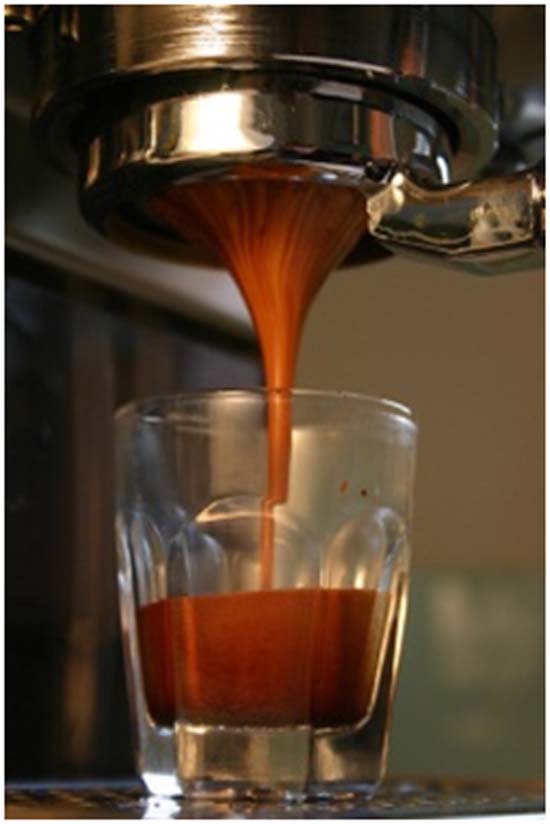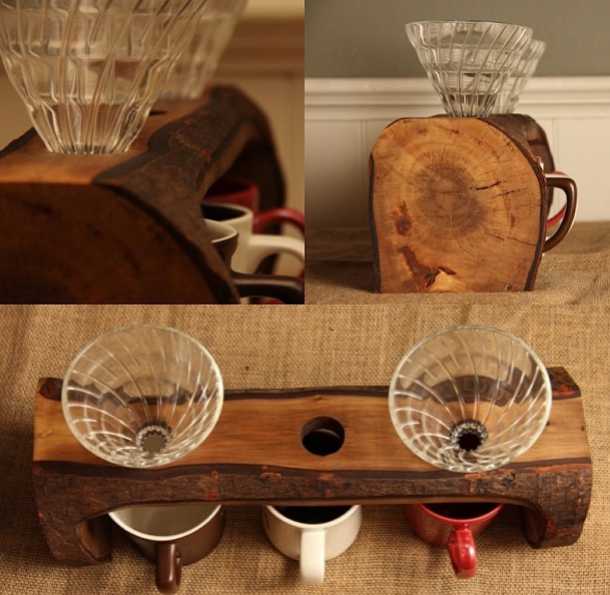Coffee extraction formula and calculation method Analysis of coffee extraction rate, method and time
The extraction rate of coffee refers to the proportion of substances in coffee that can be extracted at most.
The specific formula is as follows:
Coffee concentration = weight of coffee extract / weight of coffee liquid
Coffee extraction rate = weight of coffee extract / weight of coffee powder
Extract Rate calculation method for extraction rate of Coffee
Friends who like to taste individual coffee in mojo and retro may wonder why the single coffee from mojo and retro tastes different. Why are there so many different tastes based on the same coffee beans? In fact, this difference in taste is designed by us.
Before we talk about this, let's review that two nouns were mentioned in the news, one is Extract Rate (extraction rate) and TDS (total soluble matter). To put it simply, how many solids (X grams) we extracted from coffee powder (C grams), as a percentage of the total coffee powder by weight (X/C*100). TDS refers to the percentage of solid dissolved matter (X/Y*100) in the liquid (Y g) of the cup of coffee you drink. According to the Gold Cup coffee ratio defined by the American Fine Coffee Association and the European Fine Coffee Association, the extraction rate of coffee must be 20%, while the TDS is about 1.1% to 1.3%.

When you have the concept of these two numbers, we can further discuss the impact of Extract Rate and TDS on the taste of coffee. A coffee bean must be extracted to a certain proportion in order to show the complete flavor of the coffee bean: the coffee with too low extraction rate will sacrifice the sense of hierarchy; on the contrary, if the extraction rate is too high, it will cause the bitterness and astringency of the coffee. Or other miscellaneous taste. TDS's words affect the concentration of coffee. The higher the TDS, the higher the intensity / concentration of the coffee; the lower the TDS, the lighter the coffee will drink.
In the single coffee provided by mojo, due to the busy scene, single coffee often causes time bottlenecks in cooking, so at the beginning of the process planning, we used high powder quantity + fine grinding + less extraction time as our method of brewing coffee, resulting in a low extraction rate (about 15%) + high TDs (1.3-1.6%). We use a lower extraction rate to reduce the occurrence of defects, and then use a high amount of powder to increase the concentration of coffee, so that people can drink a cup of strong coffee. The retro constructed four years later, because Clover was planned at the time of purchase, under the premise of fine control and mild control of the extraction time, we included Gold Cup into the brewing consideration of the individual product, and reproduced the coffee taste with an extraction rate of 20% TDS1.2%. Brewing coffee that conforms to the Gold Cup standard in Clover has the advantage of showing a richer layered aroma, but because TDS is lower than mojo, it sometimes makes people think that retro is lighter.

If you are interested in these scientific data, you might as well intercept me the next time you see me in the store, and I will be happy to explain more details for you. You can also go online to read related articles: ExtractMojo, Gold Cup, Clover. If you are a user of Abid filter cup, you are welcome to ask for grinding samples from us the next time you buy coffee beans and ask our Barista about the cooking parameters of GoldCup.
Source: network
Important Notice :
前街咖啡 FrontStreet Coffee has moved to new addredd:
FrontStreet Coffee Address: 315,Donghua East Road,GuangZhou
Tel:020 38364473
- Prev

Analysis of the phenomenon of coffee over-extraction the normal extraction rate of coffee the extraction time of coffee
The data show that only 30% of the substances can be extracted in coffee, and the gold extraction rate of international SCAA test results is 18% Murray 22%. Factors: pressure (bar), strength of cake, ratio of water to powder (powder), temperature (water temperature), extraction time, freshness of beans (baking degree). Nowadays, most of the products are standard: 9barPower20-30s extraction of 30ml (5ml) coffee powder is generally not excessive extraction, but should be
- Next

Introduction to the operation, skills, proportion and utensils of hand-brewed coffee
Michael, the 2010 world champion barista. What Michael Phillips performs in the major exhibitions is no longer the old Espresso and pull flowers, but how to flush them by hand. # StumptownRoasters# and # BlueBottle#, the third most popular cafe in the United States, coincide with # IntelligentsiaCoffee#,. Add hand flushing next to the espresso machine.
Related
- What is the meaning of lactic acid fermentation with coffee bean treatment?
- How to judge the state of foam by sound?
- How does the latte pull out the unicorn pattern? Come to get for a little trick to improve the flower pull!
- Will flower pulling affect the taste of the latte?
- Do you know the history of coffee?
- The difference between honey treatment and sun washing what is raisin honey treatment?
- What kind of milk can a novice use to make coffee foam to keep the foam longer? The correct method and skills of milking tutorial sharing
- Why do washed coffee beans taste sour? Flavor characteristics of washed Coffee
- Introduction to the skill of how to practice the size and height of water injection around the circle of hand-brewed coffee
- How do beginners practice coffee flower drawing from scratch?

